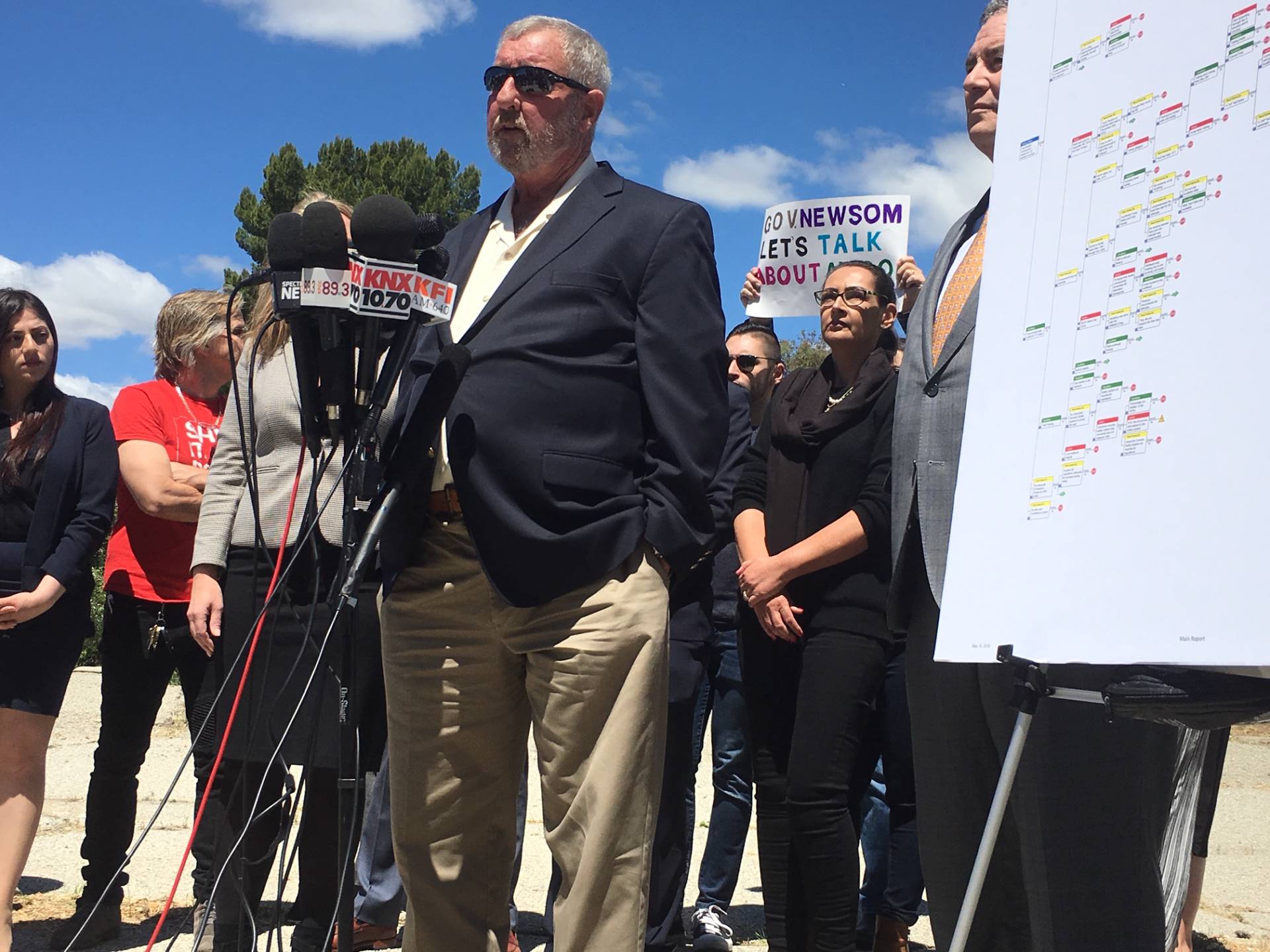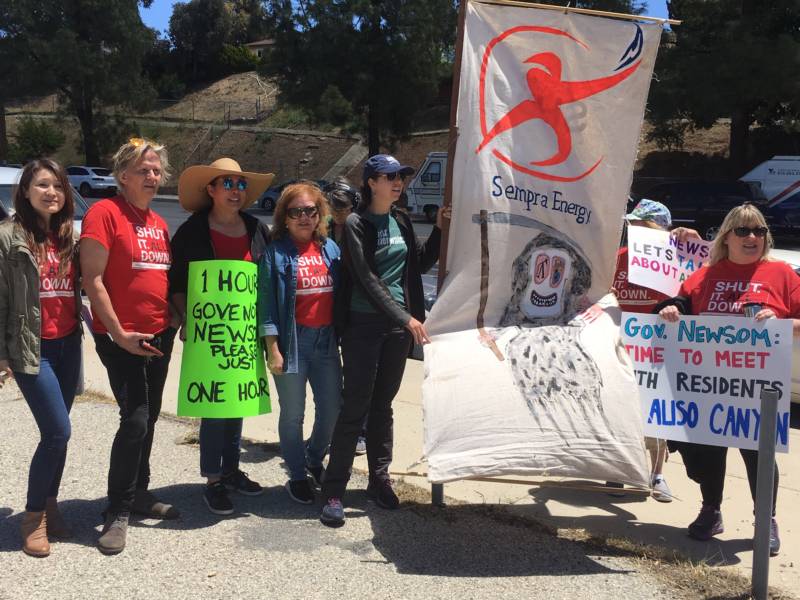An independent report issued Friday on the root cause of the massive 2015 methane leak at the Aliso Canyon gas storage field put the blame squarely on its owner, Southern California Gas Company, or SoCalGas.
Lawyers for plaintiffs in multiple lawsuits gathered Monday near the facility just north of Los Angeles, and said the report gives credence to their claims of criminal negligence.
“There’s always the threat or the risk of another blowout, and no one can guarantee despite what SoCalGas says, that it’s not going to happen again,” said Brian Panish, an attorney for some of the plaintiffs who claim long-term health effects and loss of property value from the four-month gas leak.
The blowout in October, 2015 led to the largest release of methane in U.S. history and displaced thousands of residents for months.

The long-awaited report, conducted by Blade Energy Partners and commissioned by the California Public Utilities Commission, concluded that the blowout was caused by an old, corroded pipe casing that ruptured under high pressure, allowing gas to leak up through the ground and eventually blow a hole around the well. The report also stated that rupture was the largest of dozens of leaks going back to the 1970s, and that SoCalGas never disclosed those leaks or investigated their causes.
The parent company of SoCalGas, Sempra Energy, released a statement saying that there were no laws requiring such inspections until recently and that “new regulations put in place after the leak should prevent this type of incident from occurring again.” The statement also said the Blade Report “confirmed that Southern California Gas complied with gas storage regulations in existence at the time of the leak and the related compliance activities conducted prior to the leak did not find indications of a casing integrity.”

